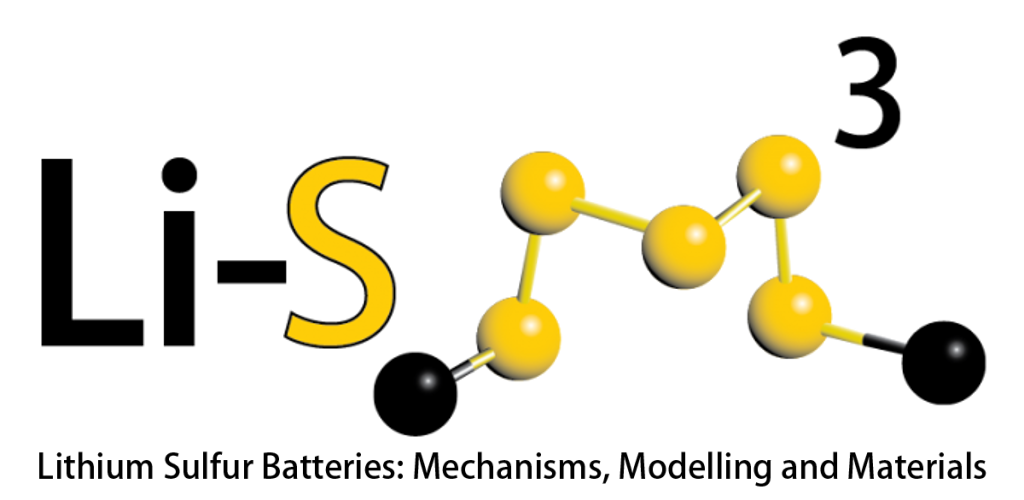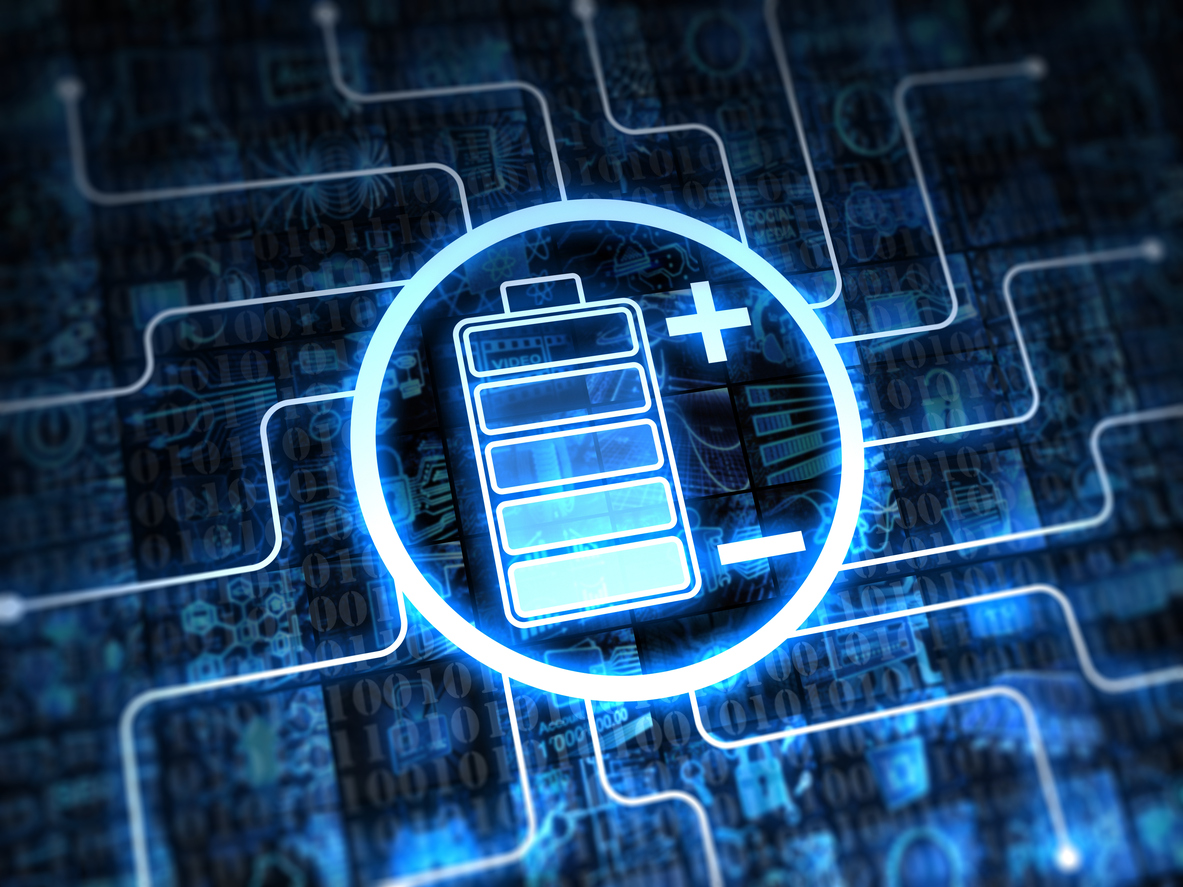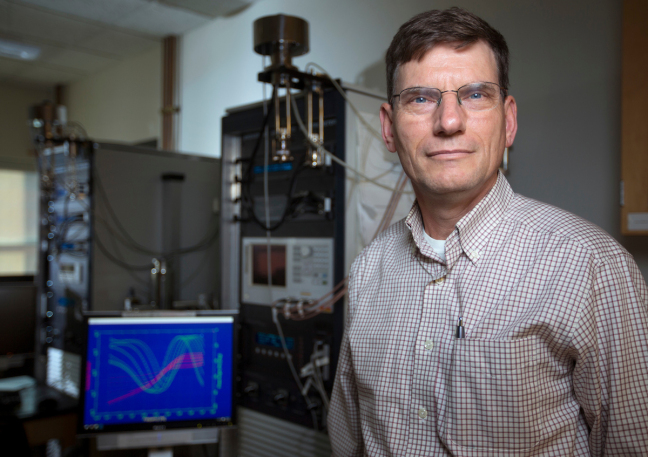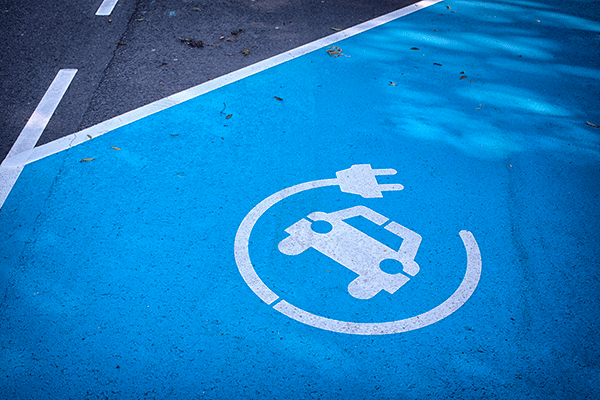 Twenty-sixteen marked the 25th anniversary of the commercialization of the lithium-ion battery. Since Sony’s move to commercialize the technology in 1991, the clunky electronics that were made possible by the development of the transistor have become sleek, portable devices that play an integral role in our daily lives – thanks in large part to the Li-ion battery.
Twenty-sixteen marked the 25th anniversary of the commercialization of the lithium-ion battery. Since Sony’s move to commercialize the technology in 1991, the clunky electronics that were made possible by the development of the transistor have become sleek, portable devices that play an integral role in our daily lives – thanks in large part to the Li-ion battery.
“There would be no electronic portable device revolution without the lithium-ion battery,” Robert Kostecki, past chair of ECS’s Battery Division and staff scientist at Lawrence Berkeley National Laboratory, tells ECS.
Impact of Li-ion technology
Without Li-ion batteries, we wouldn’t have smartphones, tablets, or laptops – more so, electric vehicles would have a slim chance of competing in the transportation sector and dreams of large-scale energy storage for a renewable grid may be dashed. Without the Li-ion, there would be no Tesla. There would be no Apple. The landscape of Silicon Valley as we know it today would be vastly different.
While the battery may have hit the marketplace in the early ‘90s, pioneers such as Stanley Whittingham, Michael Thackeray, John Goodenough, and others began pushing the technology in the ‘70s and ‘80s.
In its initial years, Li-ion battery technology boomed. As the field gained more interest from researchers after commercialization, developments started pouring in that doubled, or in some cases, tripled the amount of energy the battery was able to store. While progress continued over the years, the pace began to slow. Incremental advances at the fundamental level opened new paths for small, portable electronics, but have not answered demands for large-scale grid storage or an electric vehicle battery that will allow for a drive range of over 300 miles on a single charge.
(more…)
 ECS is sponsoring the Lithium Sulfur Batteries: Mechanisms, Modelling and Materials (Li-SM3) 2017 Conference, taking place April 26-27 in London.
ECS is sponsoring the Lithium Sulfur Batteries: Mechanisms, Modelling and Materials (Li-SM3) 2017 Conference, taking place April 26-27 in London.

 Lithium-ion batteries supply billions of portable devices with energy. While current Li-ion battery designs may be sufficient for applications such as smartphones and tablets, the rise of electric vehicles and power storage systems demands new battery technology with new electrode materials and electrolytes.
Lithium-ion batteries supply billions of portable devices with energy. While current Li-ion battery designs may be sufficient for applications such as smartphones and tablets, the rise of electric vehicles and power storage systems demands new battery technology with new electrode materials and electrolytes. Recent safety concerns with lithium-ion batteries exploding in devices such as the Samsung Galaxy Note 7 phone and
Recent safety concerns with lithium-ion batteries exploding in devices such as the Samsung Galaxy Note 7 phone and  Twenty-sixteen marked the 25th anniversary of the commercialization of the lithium-ion battery. Since Sony’s move to commercialize the technology in 1991, the clunky electronics that were made possible by the development of the transistor have become sleek, portable devices that play an integral role in our daily lives – thanks in large part to the Li-ion battery.
Twenty-sixteen marked the 25th anniversary of the commercialization of the lithium-ion battery. Since Sony’s move to commercialize the technology in 1991, the clunky electronics that were made possible by the development of the transistor have become sleek, portable devices that play an integral role in our daily lives – thanks in large part to the Li-ion battery.
 In 2005, the number of electric vehicles on the road could be measured in the hundreds. Over the years, researchers have made technological leaps in the field of EVs. Now, we’ve exceeded a global threshold of
In 2005, the number of electric vehicles on the road could be measured in the hundreds. Over the years, researchers have made technological leaps in the field of EVs. Now, we’ve exceeded a global threshold of